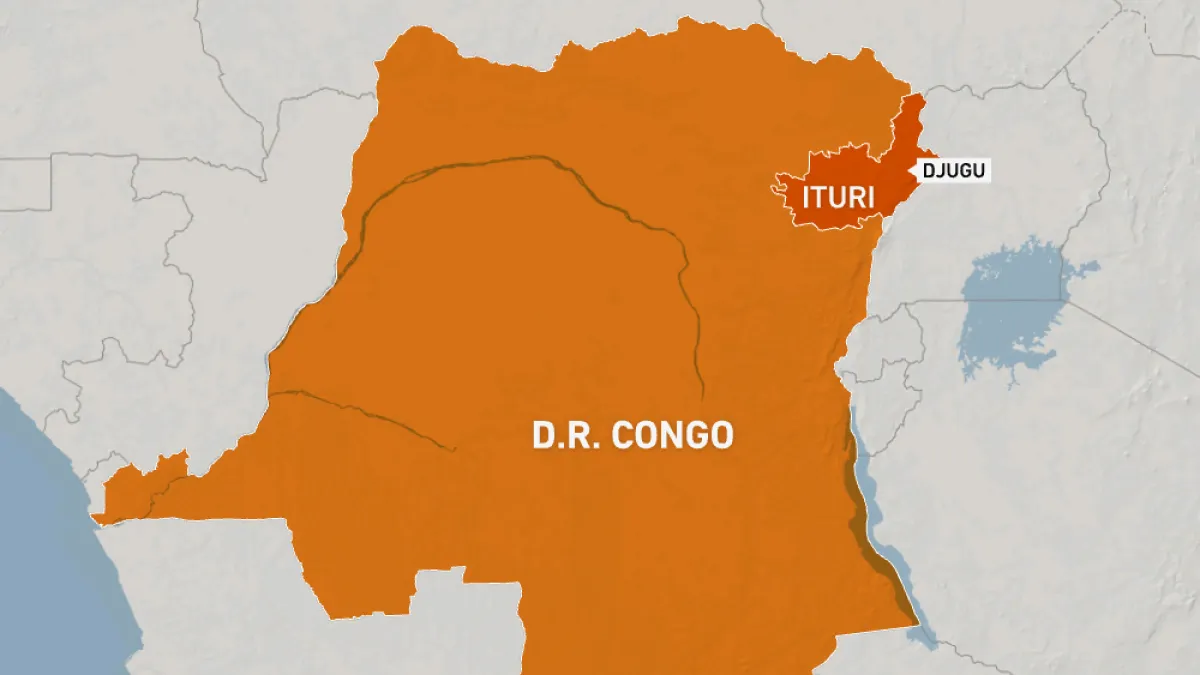Efforts to reduce premature births: Can the numbers be tackled?

HEALTH | In Uganda, where the rates of premature births remain a pressing concern, efforts are underway to address this critical issue.
With premature birth complications being a leading cause of newborn deaths globally, stakeholders in Uganda are focusing on strategies to mitigate this challenge and improve maternal and child health outcomes.
Dr Daniel Kyabayinze, the director public health at the Ministry of Health, says the situation demands urgency.
"Premature births pose significant risks to both the babies and their mothers," Dr Kyabazinze said.
"It's crucial that we take proactive measures to reduce these numbers and ensure better health outcomes for families across Uganda."
The World Health Organization (WHO) defines premature birth as any birth that occurs before 37 weeks of gestation.
In Uganda, statistics indicate that approximately 13 percent of all births are premature, contributing to a higher infant mortality rate compared to full-term births.
To address this issue, the Ugandan Ministry of Health has initiated various programs aimed at improving prenatal care and access to maternal health services.
Dr Kyabayinze said: "We are working to strengthen antenatal care services and educate expectant mothers about the importance of attending regular check-ups. Early detection and management of risk factors can help prevent premature births."
Furthermore, community-based interventions, such as the training of community health workers and the establishment of maternal health clinics in rural areas, are being implemented to reach expectant mothers in underserved regions.
Despite these efforts, challenges such as limited resources, inadequate infrastructure, and socio-cultural factors continue to impact the effectiveness of interventions aimed at reducing premature births.
As Uganda strives to tackle the issue of premature births, collaboration between government agencies, healthcare professionals, and community organisations remains crucial.













